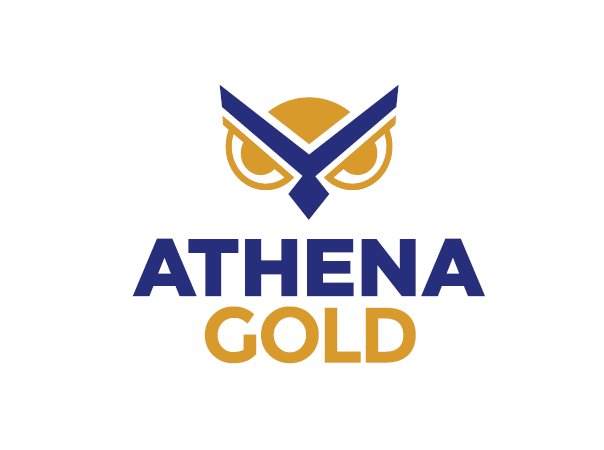Project Overview
Latest News
Excelsior Springs
Walker Lane, Nevada
The company’s Excelsior Springs project is located in the prolific Walker-Lane tectonic zone, an area that hosts a number of large historic gold mines.
Total gold production form the Walker-Lane tectonic zone has exceeded 20 million ounces (“Moz”), including notable deposits by Goldfields (5 Moz), Bullfrog (2 Moz), Tonopah (2 Moz), Mineral Ridge (1.5 Moz) and Comstock (8 Moz Au, 200 Moz Ag). Readers are cautioned that the Company has no interest in or right to acquire any interest in any of the above-mentioned properties, other than the Excelsior Springs project, and that the mineral deposits, and the results of any mining thereof, on adjacent or similar properties are not indicative of mineral deposits on the Excelsior Springs project or any potential exploitation thereof.
From the mid-1980s through 2011, a number of exploration companies drilled 84 reverse circulation holes, primarily on the patented claims, that began to define the near-surface Buster Mine gold zone. In 2022 and 2023, Athena drilled another 29 holes that discovered significant new, high-grade mineralization in the Western slope Zone.
Gold mineralization at the Project occurs within an east-west trending zone that is 200 to 400m wide and at least 3km long. To date, mineralization occurs in quartz vein stock-works and silicified zones in hornfels and calc-silicate altered host rocks and is generally close to porphyry dykes. The best mineralization (grade and thickness) is found in altered sediments immediately above porphyry dykes that have intruded along existing east- and east-northeast trending faults. The mineralized stock-work vein zones are shallow and have a relatively flat plunge, making them amenable to open pit mining methods.
Most historical exploration at the Excelsior Springs project focused on a 2.5 km long section in the central part of the Buster zone where mineralization is at or near the surface. Surface mapping and an Induced Polarization (IP) geophysical survey conducted by Zonge International Inc. identified multiple zones of silicification that correlate well with the known mineralization. Many of the silicified zones defined by the IP (resistivity highs) surveys have not been tested by drilling and remain targets for future exploration.
A Canadian National Instrument 43-101 Standards of Disclosure for Mineral Projects dated July 21, 2021is posted on this section of the website and includes the maps and lists of all 84 holes drilled from 1986 to 2016. Detailed data on the 29 holes drilled by Athena may be viewed in the news releases dated September 14, 2023, January 10, 2023 and June 29, 2022. The Corporate Presentation under the Investors icon also contains addition information on this project.


